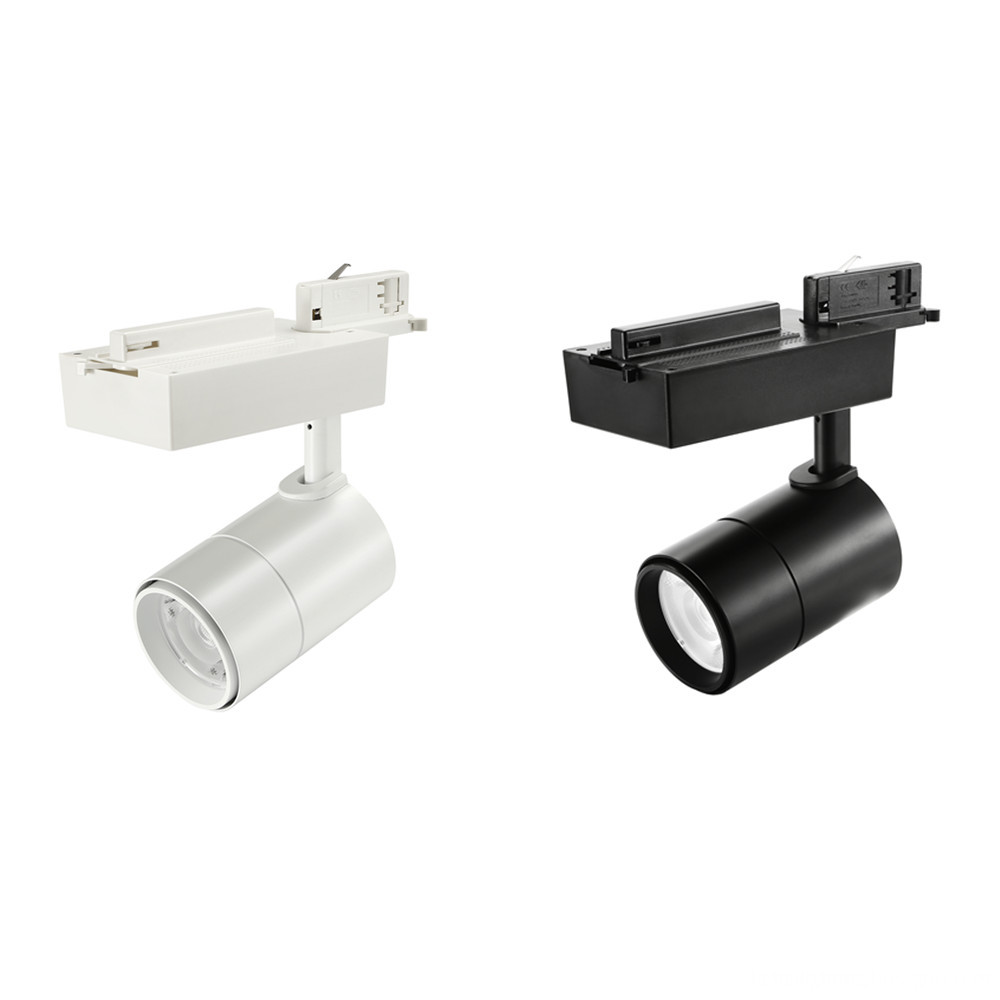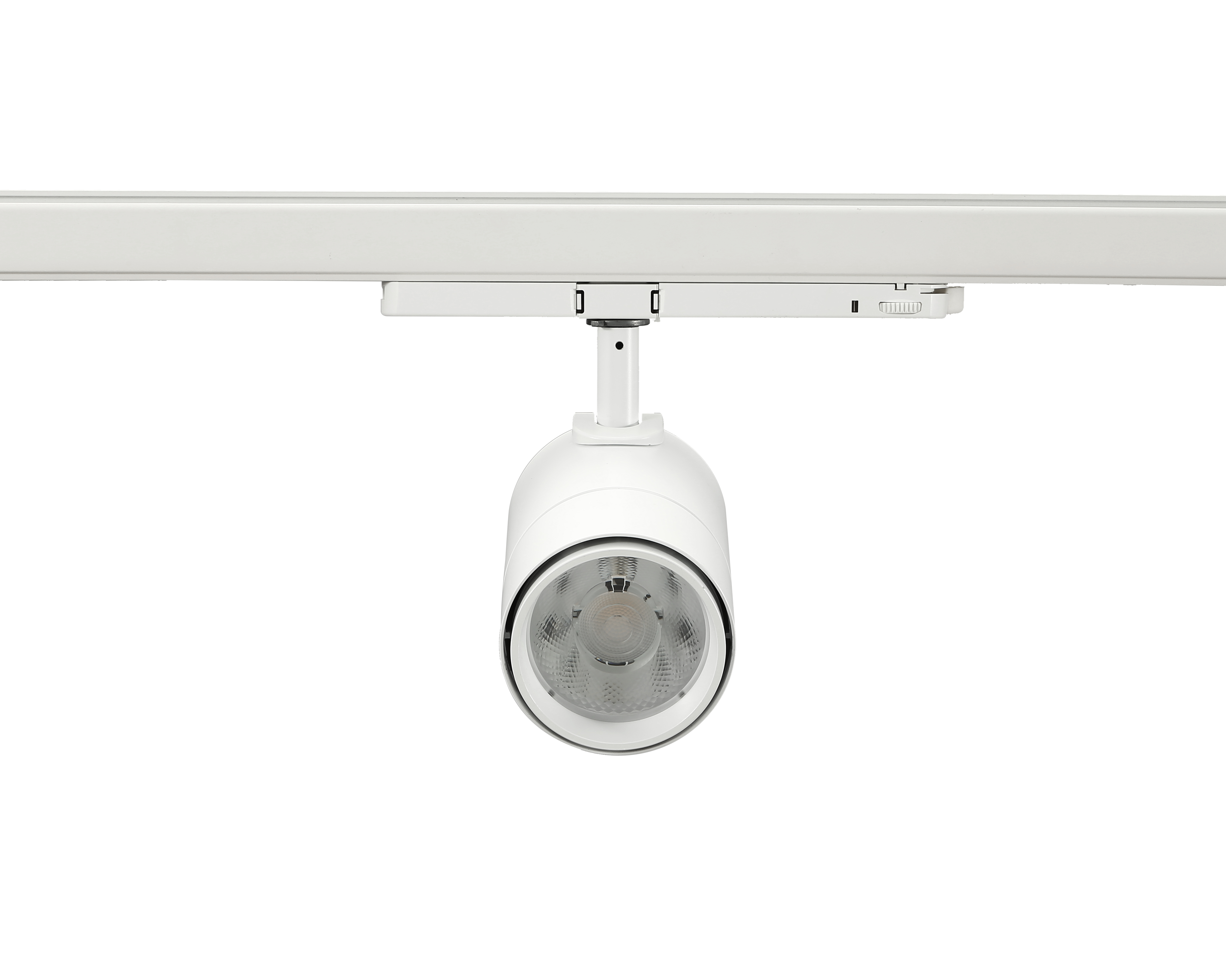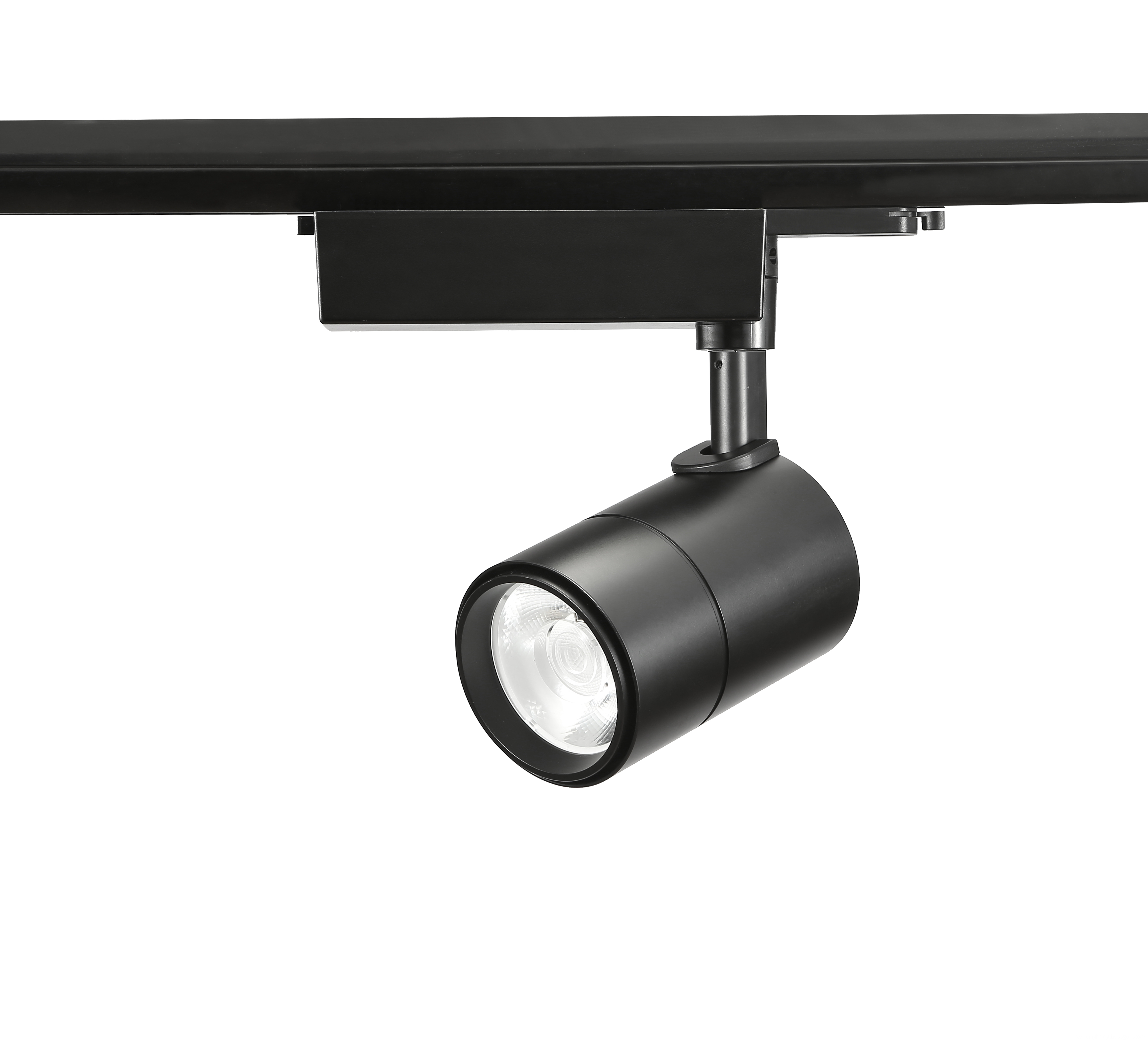When it comes to a new generation of lighting technology, everyone will think of LEDs first. However, in the near future,
OLEDs may also come in and join the competition of the new generation of lighting. Looking back at the history of OLED development, although OLED is very active in the progress of commercialization, the market is still limited. However, in these circumstances, as the big factories joined the battles one after another, and the luminous efficiency continued to break through, they gradually changed, and the road of OLED lighting gradually became clear.
It is understood that OLED was about three years ago, and has been officially commercialized mass production, but so far, the only manufacturers that can really make OLED technology to the fullest are Samsung. Other manufacturers that have invested in OLED R&D and production, even if they have already entered the mass production stage, have not been able to really operate because of the delay in the panel and lighting market.
Experts say that the reason why manufacturers do not dare to actually invest in OLED mass production is very simple, it is the price. At present, the price of 100 square centimeters of OLED panels is equivalent to about NT$100,000. If the energy is produced, it will certainly help the price drop. However, because the market has not seen improvement, manufacturers are not willing to rush into mass production. As a result, it has fallen into the dilemma of "If mass production is not produced, prices do not fall; prices do not fall, and it is more difficult to mass produce."
Of course, as long as someone fires the first shot, someone will follow. After Samsung began to use a large number of OLED displays on mobile phones, the next large-size displays will follow, and the display will take the lead, so that OLEDs can continue to reduce costs in terms of materials and processes, and will be expected to be further lifted. OLED takes off in the lighting market.
In particular, in addition to the self-illuminating properties of OLEDs, OLEDs have both flexible properties. In lighting applications, they can be further integrated with buildings in the future. Experts say that the current goal of the major manufacturers is to make the OLED's luminous efficiency exceed the high-efficiency fluorescent lamp within two years, up to 100lm/W, and the luminous efficiency reaches the same 130lm/W as the LED in three years. However, due to the need to catch up with LEDs, OLEDs still have a long way to go, and the solid-state lighting market has not been widely popularized, and even LED itself has run very hard. Seeing the ambition of OLED, LED factory does not know whether it is nervous or snickering at the moment?
30W Led Track Lights with Bridgelux or Luminus COB LED chips.
30W LED Track Lights with international 2 wire, 3 wire, 4 wire track connector, matching well with most of quality track rail.
CCT: 2700K, 3000K, 4000K, 6000K are available.
Function: Non-dimmable, dimmable and CCT changeable are available.
Types: DALI system, 0-10V systerm, Dial Switch, guide rail with power supply.
Beam Angle: High reflectance diffuser (Lens+Reflector) with 10° / 24°/ 36° for choice.
Dimension of 30W LED Track Lights: Φ90mm, 230*210mm
Finished Color: Matt White / Black / Silver etc.
High luminance flux: 2600lm
High CRI: >90Ra
Input voltage: AC110/220V 50/60Hz
Certification: CE RoHS



30W Led Track Lights
30W Dimmable LED Track Light, 30W Mini LED Track Lighting, 30W Commercial LED Track Light, 30W Color Changing LED Track Light
SHENZHEN KEHEI LIGHTING TECHNOLOGY CO.LTD , https://www.keheiled.com



